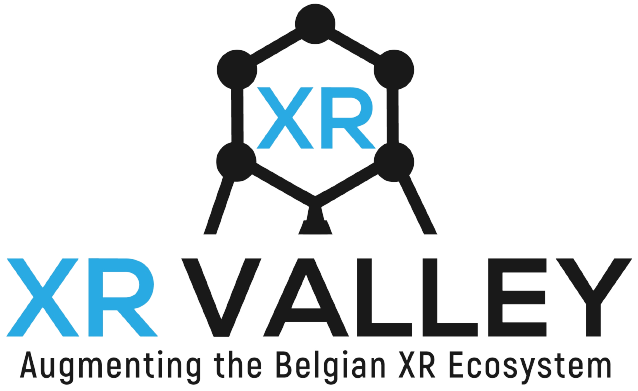The AI Revolution: Transforming Video Production, Animation, and XR
The AI revolution has made remarkable strides in recent years. While AI in 2023 was often associated with unrealistic and error-prone videos, today we see models capable of producing stunningly realistic visuals. Despite this progress, most companies are hesitant to integrate AI into the production phase. A survey during the Video Experience Day revealed that only 1 in 5 professionals use AI during production, compared to 59% in pre-production and 53% in post-production. The reason? Current AI tools often lack the sophistication required to seamlessly integrate into complex production workflows. For instance, text-to-image models struggle to generate consistent video sequences, leading to unnatural movements and inconsistencies.
However, these limitations are beginning to fade with the rise of General World Models (GWMs). A prime example is Sora—an innovative AI model developed by companies like Runway, OpenAI, and Google. These models go beyond simple image generation; they understand physical laws and incorporate extensive 3D knowledge. This results in more realistic videos, animations, and interactive worlds. By automating repetitive tasks and enabling creative co-creation, these breakthroughs promise to fundamentally transform the sector, unlocking new possibilities for video production, animation, and gaming.
Video Production: AI’s Growing Role
AI is making its way into the production phase of video creation, offering game-changing potential. Location-dependent shoots become more accessible as AI can generate missing footage to serve as b-roll. Sora’s research demonstrates that AI can maintain character consistency in videos, even when they temporarily move off-screen. This advancement opens doors to innovative casting solutions and rapid production of AI-generated videos for platforms like social media.
Beyond visual consistency, these models deliver flexibility. Videos can be effortlessly adapted to various formats, ensuring characters remain perfectly centered. Innovations like these reduce the need for repetitive correction rounds, allowing creative professionals to focus more on content while AI handles the grunt work. This efficiency promises to revolutionize workflows in the video production industry.
Animation and Gaming: From Rendering to Generating
For those familiar with running Sora videos through tools like Luma AI, it’s clear that these models are rich in 3D data. GWMs are not only revolutionizing video production but also transforming animation, Extended Reality (XR), and gaming. By generating interactive 3D worlds, these models significantly enhance efficiency. Instead of the labor-intensive process of rendering, creators can directly generate 3D content.
Recent demonstrations by World Labs and Genie2 offer a glimpse of what’s possible. From simple photos, creators can build entire 3D worlds or craft interactive games where users play an active role. 2025 is set to be a pivotal year, with these technologies driving significant change across industries. The potential impact is immense and highly promising.
Responsible AI: Ethical, Safe, and Sustainable
As generative AI advances, questions about its responsibility come to the forefront. Reports highlight its significant environmental impact—for example, 6% of a district’s water supply was used to train GPT-4, and generative AI search queries consume four times more energy than standard ones. This underscores the importance of adopting ethical and sustainable practices.
One solution is local training of AI models, which keeps client data out of the cloud and supports more sustainable workflows. Additionally, the focus can shift to task-specific models. Developing smaller, targeted models instead of massive, generalized ones can drastically reduce energy consumption.
Finally, investing in knowledge about efficient AI usage is crucial. Mastering prompting techniques and optimizing workflows ensures AI is used not only effectively but also sustainably. By adopting these practices, companies can harness the power of AI responsibly, paving the way for a transformative yet ethical future.
A New Era for Creative Industries
With AI’s rapid advancements, industries like video production, animation, XR, and gaming are on the cusp of unprecedented innovation. By embracing these cutting-edge tools and adopting responsible practices, creative professionals can unlock new opportunities while ensuring sustainable growth. The future is here, and it’s powered by AI.
Interested in standing at the forefront as a company?
The Immersive Lab at AP University of Applied Sciences and Arts and MICT at Ghent University are looking for companies to join as partners in their Tetra project on General World Models. With this research, they aim to act as a radar for technological innovations and guide companies in integrating AI into their existing workflows.
Interested? Contact AP via immersivelab@ap.be
